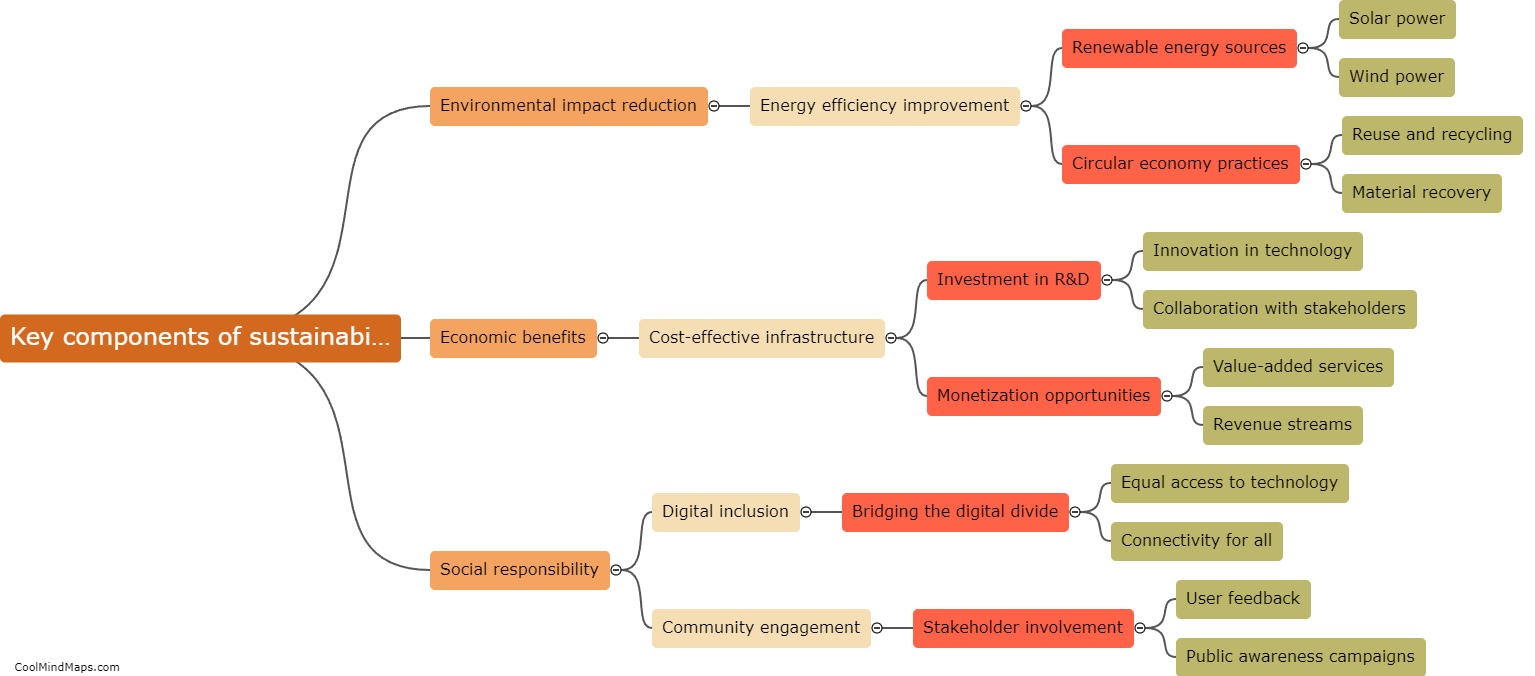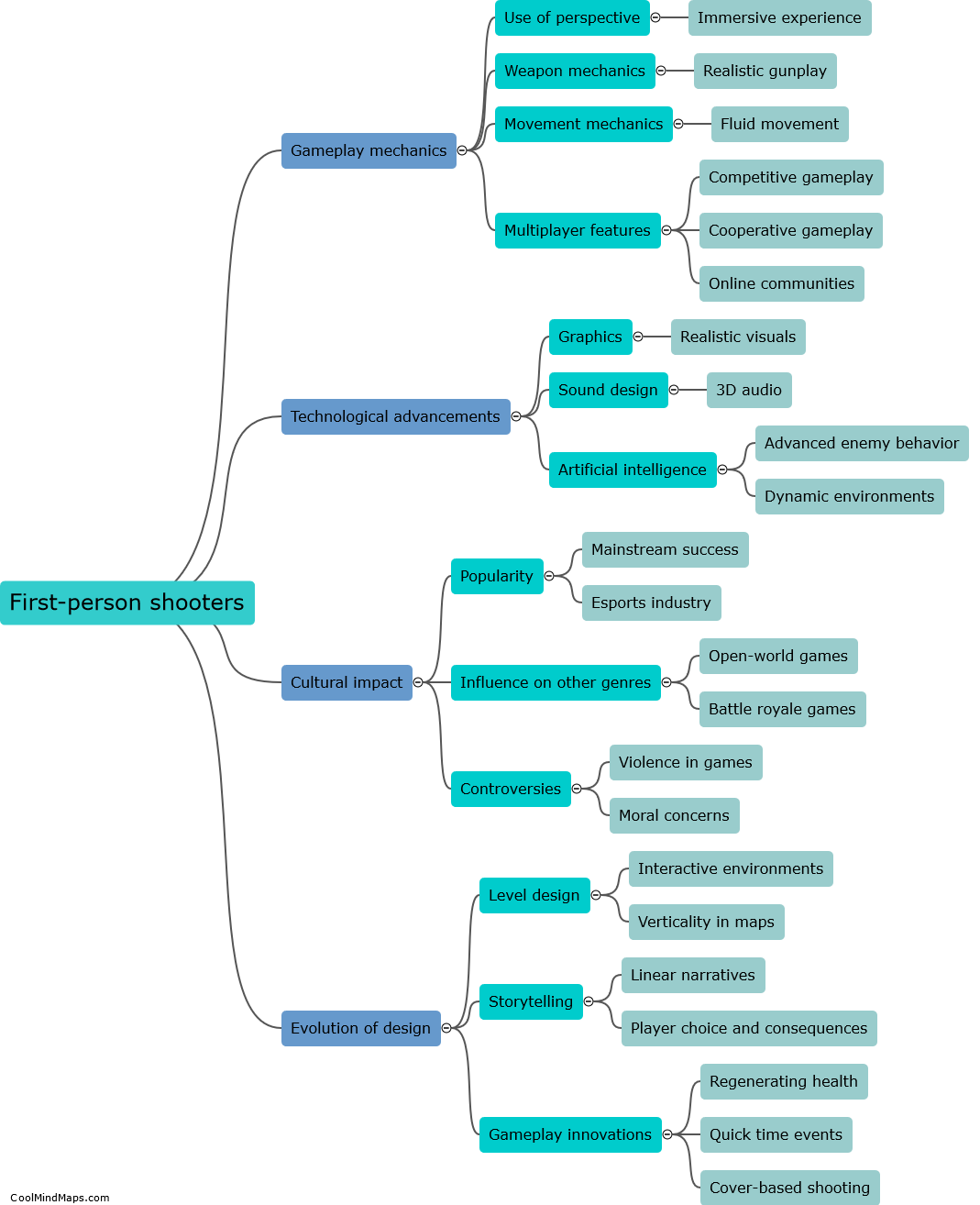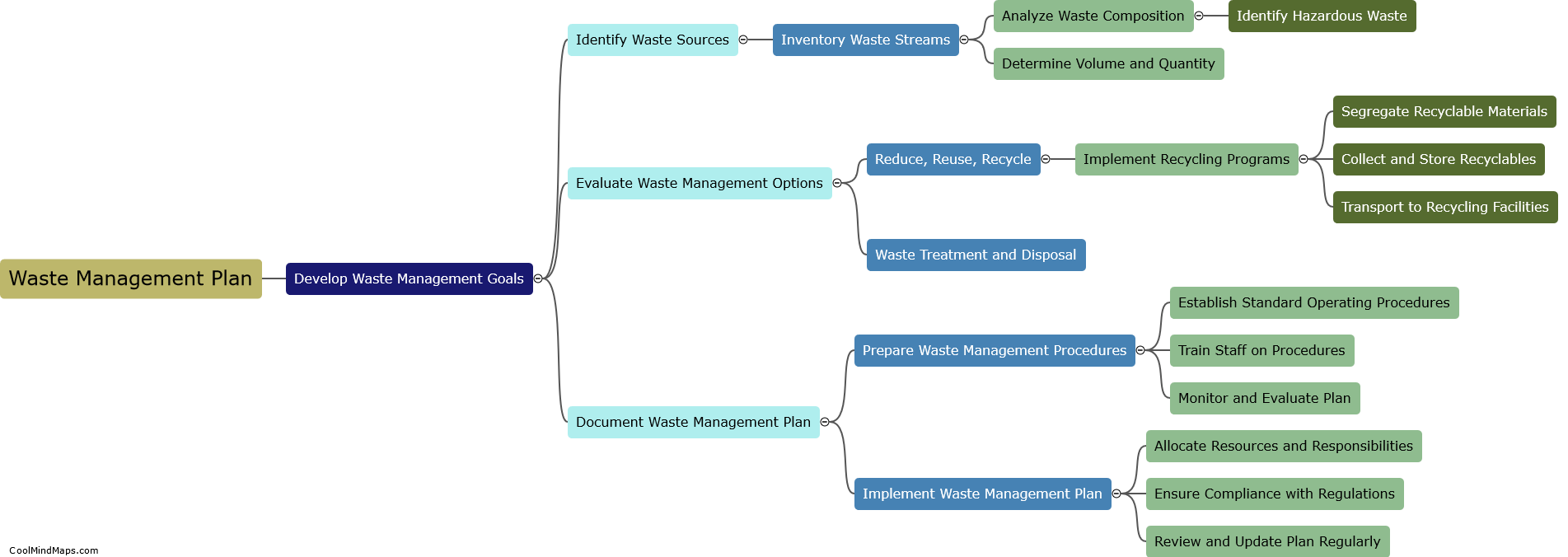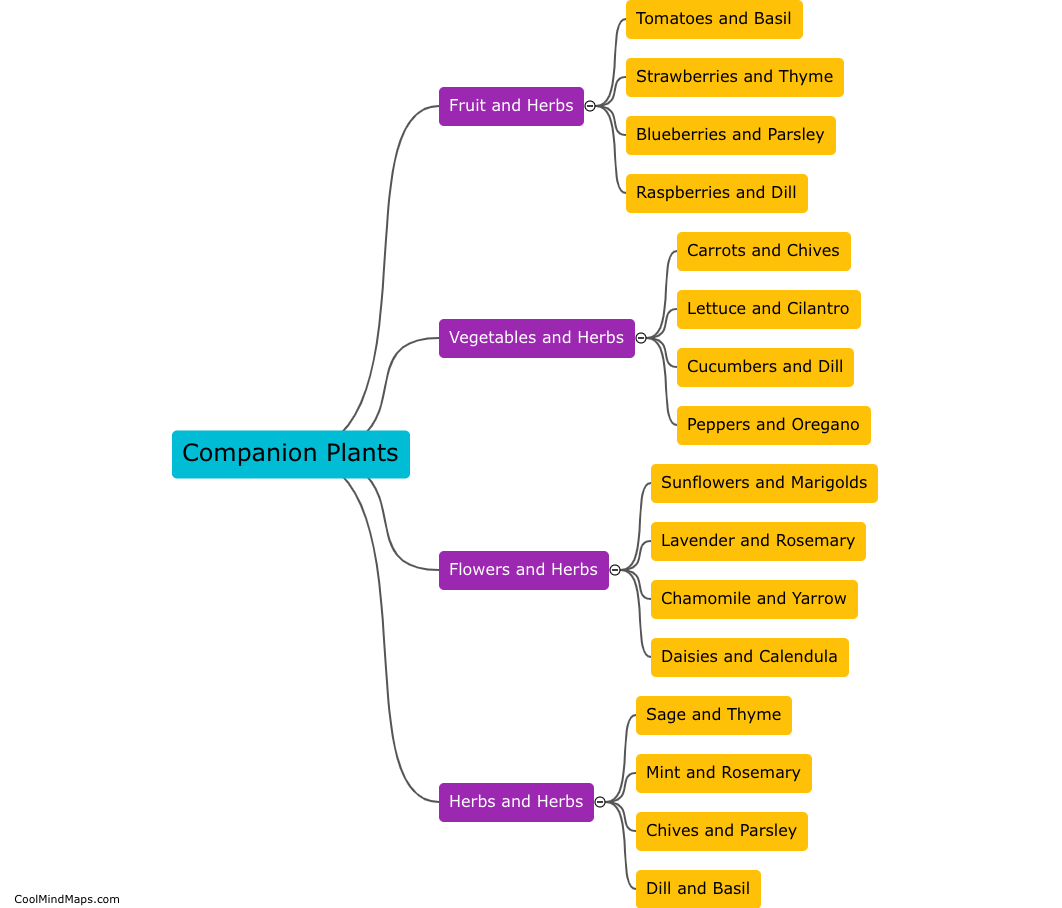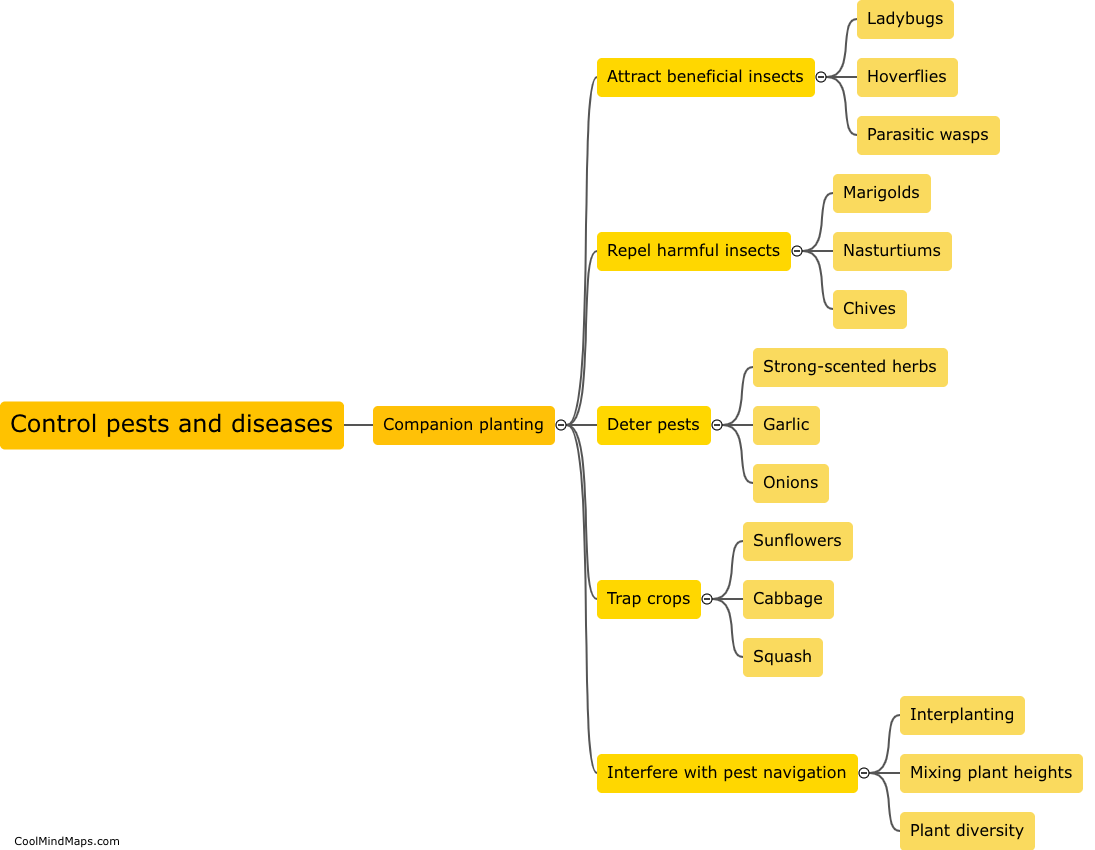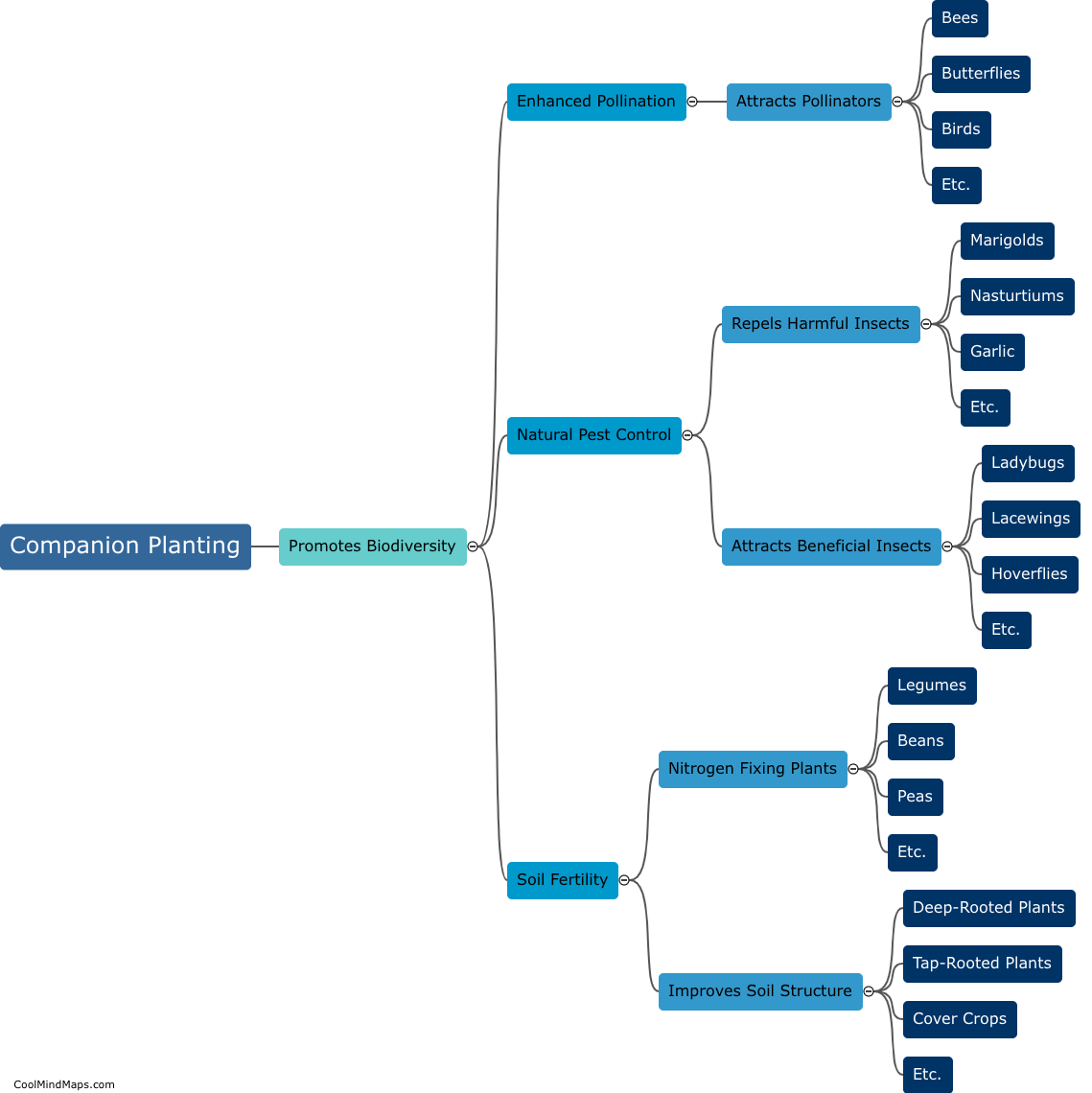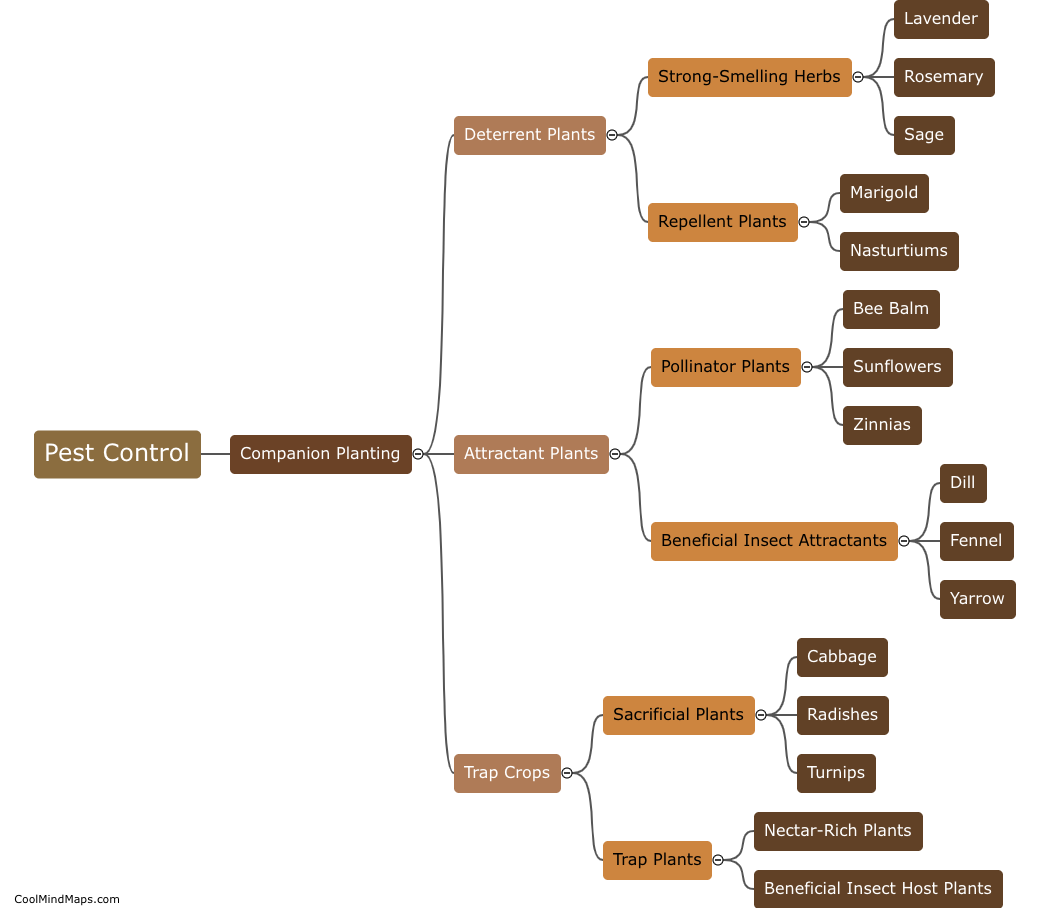What are some common mistakes to avoid when companion planting in an organic garden?
When practicing companion planting in an organic garden, it is essential to avoid certain common mistakes. Firstly, it is crucial to research and understand the compatible and incompatible plant pairings to ensure a successful symbiotic relationship. Another common mistake is overcrowding plants as it leads to competition for resources, inadequate airflow, and increased susceptibility to pests and diseases. Additionally, not rotating crops properly can deplete the soil of essential nutrients and increase the risk of pests and diseases. Lastly, failing to monitor and address pest and disease issues promptly can result in the spread and damage to both companion plants. By avoiding these common mistakes, organic gardeners can increase the effectiveness and productivity of their companion planting methods.

This mind map was published on 24 January 2024 and has been viewed 81 times.

